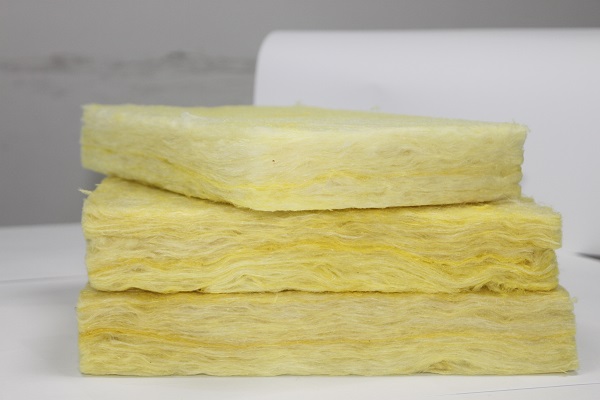

SEARCH
In today's society, the use of glass wool insulation materials is more and more widely, large to hundreds of thousands of square meters of construction projects, small to dozens of centimeters in diameter of the pipeline transportation are using glass wool insulation materials.With its more and more extensive application scope, the market quality of uneven products emerge in an endless stream, how to choose the appropriate products according to the important parameters of glass wool indicators, become a test of the important ability of purchasing personnel.Today Xiaobian will teach you how to distinguish the important indicators of glass wool.

First, fiber diameter
The smaller the fiber diameter, the better the insulation effect, the more uniform the fiber diameter distribution, the better the product quality.The ideal fiber distribution should be parallel to the surface and evenly distributed.
Two, combustion performance
Glass wool is grade A noncombustible material, which has better fire performance than grade B noncombustible material.
Three, thermal conductivity coefficient
Thermal conductivity refers to the temperature difference between the two sides of a material with a thickness of 1 m under stable heat transfer conditions.Heat is transferred over an area of 1 square meter in 1 hour.
Four, hydrophobic rate
A hydrophobic agent is added to the binder of glass wool to prevent water from entering insulating cotton.When water falls on the surface of insulating cotton, the tension of the water molecules increases.And the water will stick to the cotton, but it won't stop the steam from getting in.
Five, the thermal resistance
All building materials can prevent the movement of heat to some extent, and the ability to prevent heat flow is measured in terms of thermal resistance.The higher the thermal resistance, the more efficient it is to prevent heat flow, resulting in more energy cost savings.Thermal resistance, expressed as resistance to heat flow, is a measure of any material's ability to insulate.Thermal resistance = thickness/thermal conductivity, the smaller the fiber diameter, the greater the thermal resistance.
Six. Important slag ball content
There are slag balls in inferior glass wool, which have great influence on the performance of insulating cotton.At the same time, glass wool with high content of slag ball will cause floatation in the construction process, and may even stimulate the skin to produce itching.
Seven. Resilience
Most glass wool is in the form of rolled felt, which is compressed during the packaging process.During use, it is transported from the factory to the construction site and restored to its original thickness.
Related